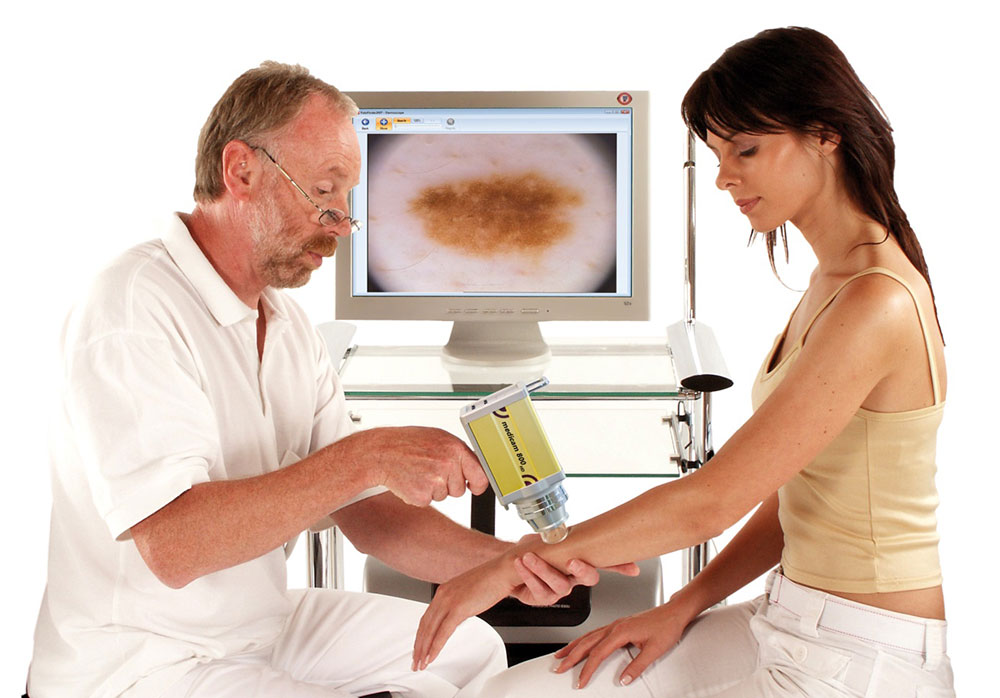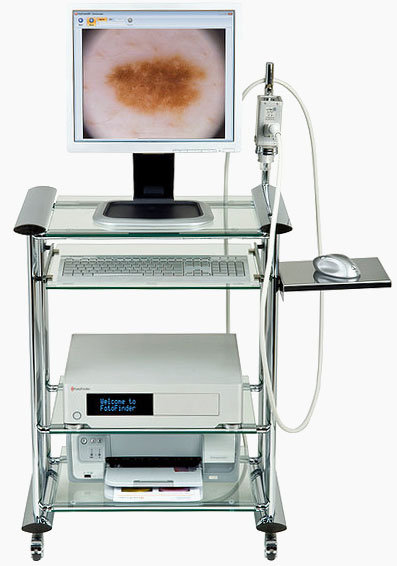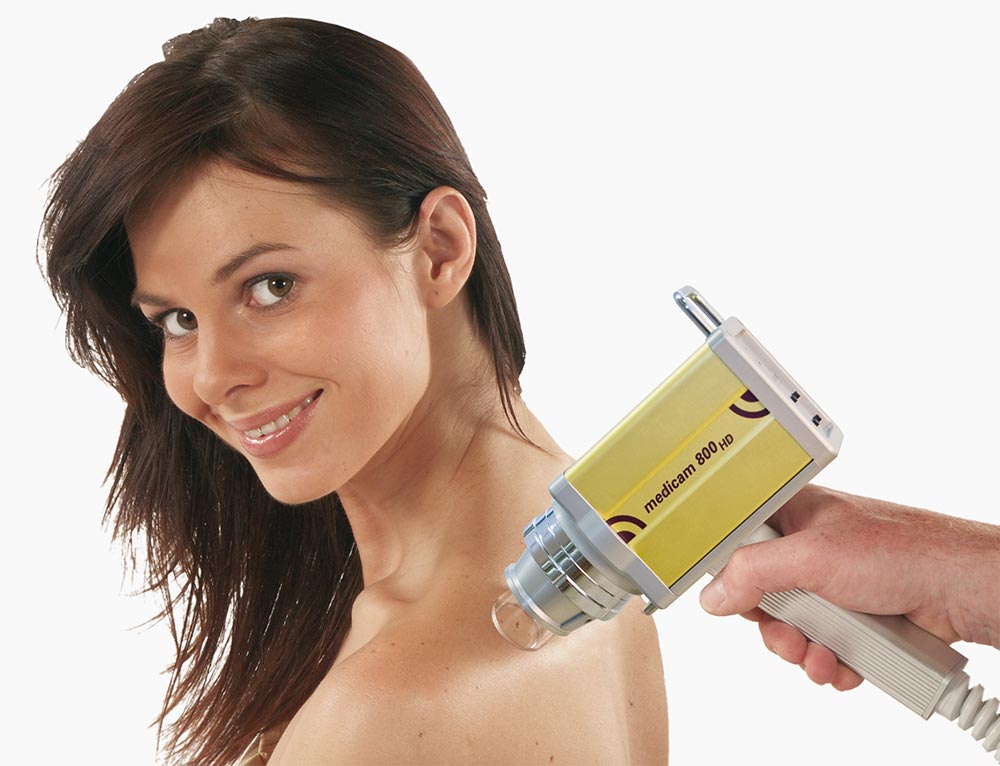What is Skin MoleMapper?
MoleMapper is an advanced melanoma surveillance programme and combines advanced technology with the skills of a dermatologist (skin specialist) to accurately diagnose melanoma at the earliest possible stage. The earlier we detect melanoma the greater the chances of a full recovery.
What happens during Mole mapping ?
Your initial mole mapping consultation takes 40 – 60 minutes.
The dermatologist/assistant takes a detailed medical history.
The whole body is examined and digitally photographed.
The dermatologist then maps/selects suspicious moles from these images for further microscopic assessment.
Each suspicious lesion undergoes scanning with a specialized camera and microscopic images are taken.
These images are of an extremely high resolution and magnification to better analyze the lesion.










